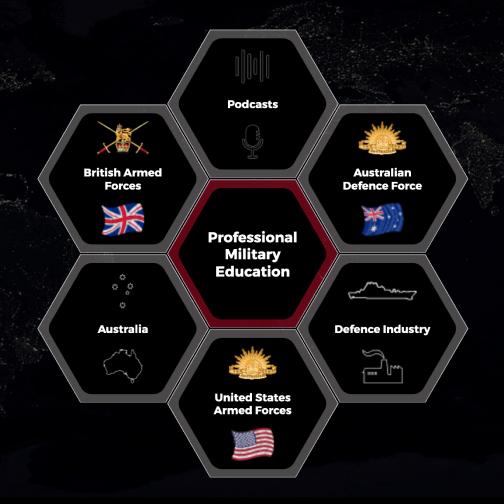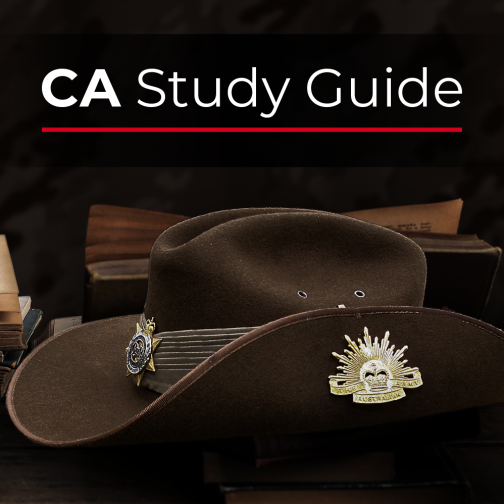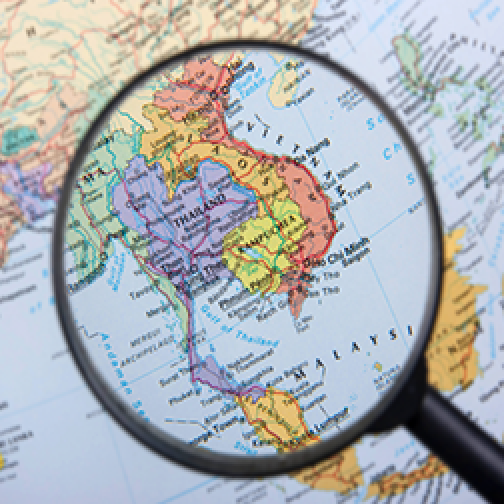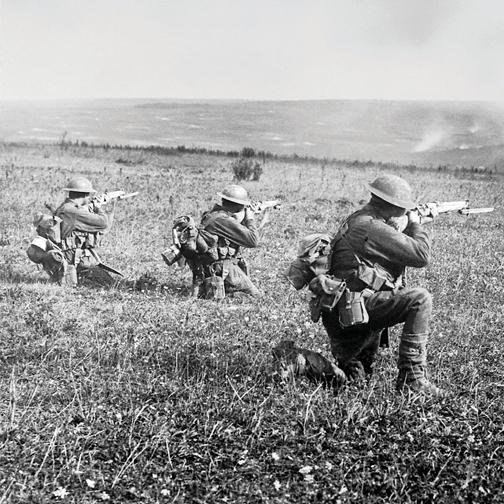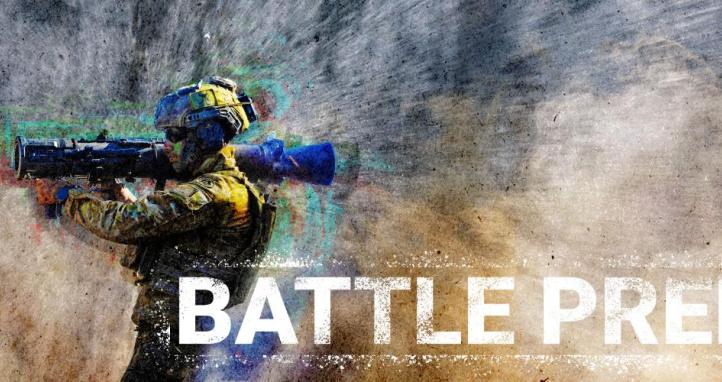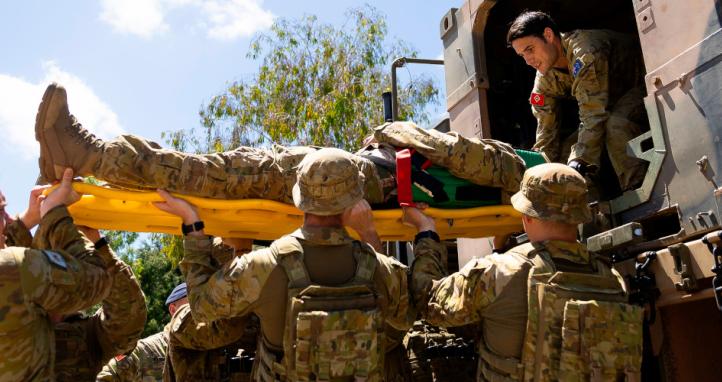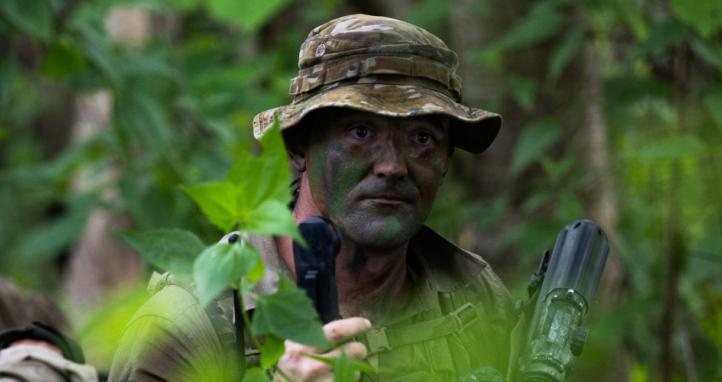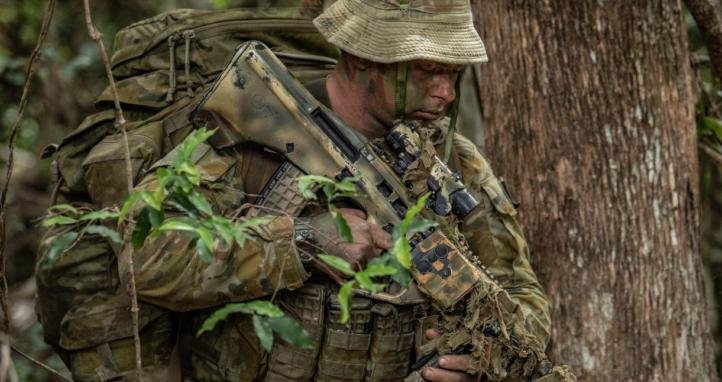WARNING: Aboriginal and Torres Strait Islander people should be aware that this article may contain images, voices and names of deceased persons.
This article was originally published on 20 April 2021.
The battle of Kapyong remains one of the most significant for Australian troops during the Korean War. Although we lost 32 Australians and a further 53 were wounded, the battle was considered an unlikely success due to the considerable delay caused to the advancing Chinese forces.
2023 marks the 72nd anniversary of the Battle of Kapyong, fought over 22-25 April 1951. It was in the Kapyong Valley and surrounding hills that Australian, New Zealand, Canadian and US forces fought a desperate battle to stall a major communist advance towards the South Korean capital, Seoul.
The following description of the battle has been taken from the Australian War Memorial (AWM).
Kapyong came to be the most significant and important battle for Australian troops in Korea.
In April 1951, the Chinese launched their spring offensive with the aim of retaking the city of Seoul. They quickly overran South Korean forces defending one of the major approach routes, the valley of the Kapyong River. Thirty kilometres further south, the 27th British Commonwealth Brigade hastily occupied defensive positions in an attempt to halt the Chinese advance.

Image 1: A map of the Battle of Kapyong.
On 23 April, the 3rd Battalion, Royal Australian Regiment (3 RAR), under the command of Lieutenant Colonel Bruce Ferguson, and the 2nd Battalion, Princess Patricia's Canadian Light Infantry, occupied prominent hills on either side of the seven-kilometre-wide valley, where a small tributary joined the Kapyong River. Also forward were headquarters units, tanks and artillery. The 1st Battalion, Middlesex Regiment, were to the rear.
Early in the evening, retreating South Koreans streamed past the Commonwealth position, with Chinese forces closely intermingled. Soon afterwards a platoon of American tanks supporting 3 RAR was overrun. The Kapyong Valley was too large an area to defend with the forces available, and the brigade was spread very thinly.
Throughout the night the Chinese repeatedly pressed the Australian positions, attacking in waves over their own dead and wounded.
At dawn, Alpha Company, under the command of Major Bernard 'Ben' O'Dowd, found that the Chinese had infiltrated its position, but a counter-attack was able to eject them. Meanwhile Bravo Company, which had spent the night on a hill near the river, discovered Chinese occupying some old bunkers on a small knoll. Hand-to-hand fighting ensued with grenades and bayonets. Charlie Company, under the command of Captain Reg Saunders, was in position to reinforce both Alpha and Bravo Companies.
Major O'Dowd then directed the radio operator to contact anyone. The American 1st Marine Division answered but their operator refused to believe who our operator was speaking for. Major O'Dowd took the phone and demanded to speak to the Commanding Officer. The General in charge of the [Marine] division came on the phone and told O'Dowd we didn't exist as we had been wiped out the night before. Major O'Dowd said, "I've got news for you, we are still here and we are staying here."
Fighting continued throughout the day with the Australians holding their positions, and the Chinese also engaging Delta Company. But late on 24 April, with their position now untenable, the Australians were forced into a fighting withdrawal down a ridge to the valley, where they rejoined the brigade. Their withdrawal was supported by New Zealand artillery from the 16th Field Regiment. Having found the Canadian position unassailable, the Chinese made no further attacks. By the afternoon of 25 April the road through to the Canadians had been cleared of Chinese and 2 PPCLI was relieved by US Army units. On Anzac Day 1951, the Australians rested after a long fight.
32 Australians were killed and 53 were wounded for their part in stalling the Chinese advance and preventing Seoul from falling into enemy hands.
Lieutenant Colonel Bruce Ferguson was awarded the Distinguished Service Order for his skillful leadership, and the Australian and Canadian battalions both received United States Presidential Distinguished Unit Citations for their part in the battle.
CAPT Reg Saunders would become a significant Indigenous military figure and spokesperson for Indigenous rights after the war. A member of the Gunditjmara people, his father and Uncle had served in WWI and he himself served in World War II. He was the first Aboriginal Australian to be commissioned as an officer and the first to command an Infantry Company when he commanded Charlie Company during the Korean War.
What is most notable about this battle is the tenacity and perseverance shown by the men of the 3rd Battalion, Royal Australian Regiment. Their sacrifice and unrelenting commitment to their mission was critical to the successful delay of the Chinese forces which allowed US reinforcements time to reach the Kapyong river front to repel future attacks. To commemorate the 70th anniversary in 2021, The Australian War Memorial published archival collections related to the battle, including a copy of the United States Presidential Unit Citation awarded to the 3rd Battalion, Royal Australian Regiment on 4 December 1951.
